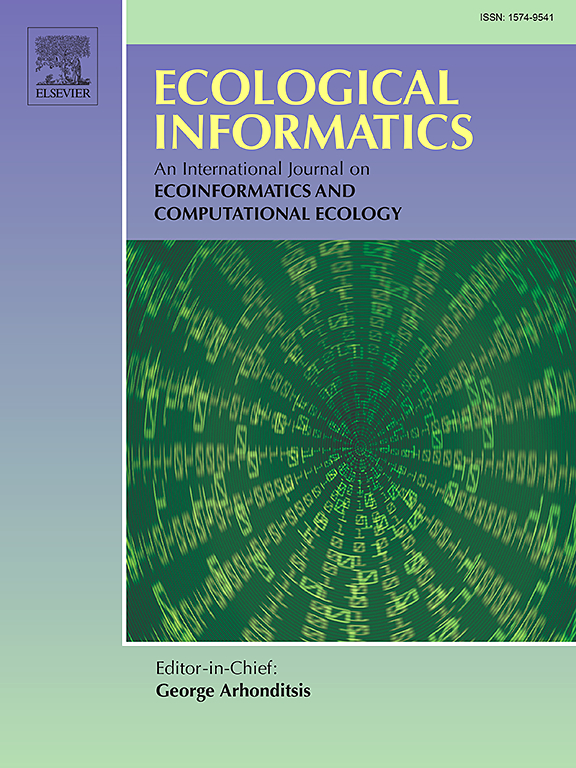A comprehensive evaluation of deep learning approaches for ground-level ozone prediction across different regions
IF 5.8
2区 环境科学与生态学
Q1 ECOLOGY
引用次数: 0
Abstract
Recently, the issue of near-surface ozone pollution has become a growing concern. To effectively manage and control ozone pollution, emerging deep learning (DL) techniques have been applied for future ozone concentration trend prediction, generating promising outcomes. However, existing studies employ various DL models and rely on diverse datasets to predict ozone concentrations. This leads to a lack of comprehensive evaluations of how the architecture and depth of different DL models influence the predictive accuracy of ozone concentration trends when assessed using a unified dataset. This lack of uniformity in evaluations creates a gap in our understanding of the influence of different neural network architectures and depths on ozone concentration predictions. In this work, we aim to address this research gap by conducting a systematic performance evaluation that benchmarks six prominent DL architectures, each with varying depths, to evaluate their effectiveness for predicting ozone concentrations across diverse geographical regions. Our findings indicate that the best-performing DL model in the nationwide prediction task is the one-layer bidirectional long short-term memory (Bi-LSTM) model, which achieves an of 0.66, an RMSE of 15.32, and an MAE of 11.51. In contrast, the poorest-performing model in the same prediction task is the one-block transformer-based model, with an of 0.57, an RMSE of 17.34, and an MAE of 13.3. Furthermore, fully connected networks (FCNs) demonstrate robust and efficient predictive performance across both nationwide and regional prediction tasks. Notably, our study reveals that no single DL model consistently performs well across all prediction tasks, emphasizing the need for tailored approaches that cater to the specific attributes of each region. Additionally, we observe that DL models with more than two hidden layers frequently suffer from overfitting. Particularly for the Bi-LSTM architecture, as the number of hidden layers increases from 1 to 7, we observe a 12% reduction in performance. Our analysis also identifies the most influential meteorological factors among the top-performing DL models, offering insights for feature selection and optimization in model development. This research contributes to a deeper understanding of the design and selection of appropriate DL architectures for predicting the concentrations of ozone and other air pollutants.
求助全文
约1分钟内获得全文
求助全文
来源期刊

Ecological Informatics
环境科学-生态学
CiteScore
8.30
自引率
11.80%
发文量
346
审稿时长
46 days
期刊介绍:
The journal Ecological Informatics is devoted to the publication of high quality, peer-reviewed articles on all aspects of computational ecology, data science and biogeography. The scope of the journal takes into account the data-intensive nature of ecology, the growing capacity of information technology to access, harness and leverage complex data as well as the critical need for informing sustainable management in view of global environmental and climate change.
The nature of the journal is interdisciplinary at the crossover between ecology and informatics. It focuses on novel concepts and techniques for image- and genome-based monitoring and interpretation, sensor- and multimedia-based data acquisition, internet-based data archiving and sharing, data assimilation, modelling and prediction of ecological data.
 求助内容:
求助内容: 应助结果提醒方式:
应助结果提醒方式:


